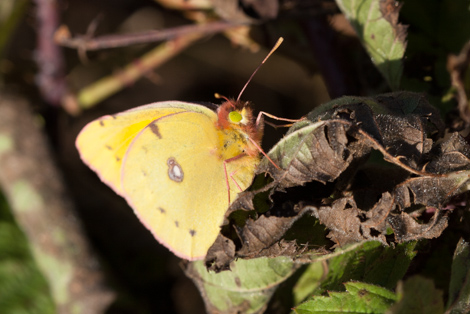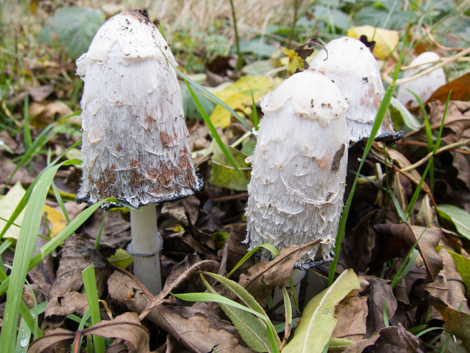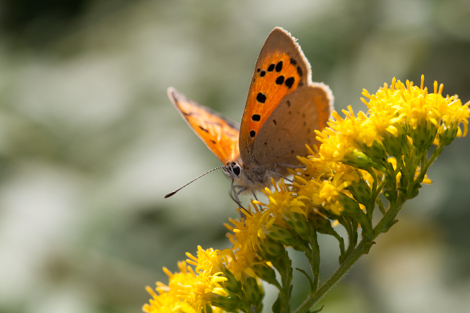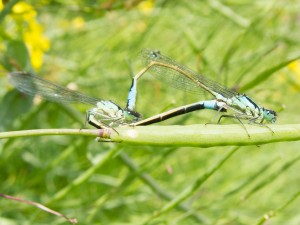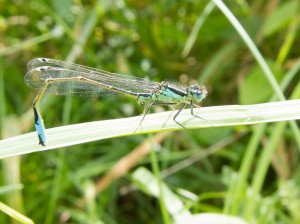I have a confession to make that may surprise people that have never had a conversation with me (and, please don’t tell our waste contractors this).
I HATE RECYCLING!
Or, to be a little more precise I hate the perceptions and excuses that recycling brings. I have lost count of the number of times that I’ve heard people say, I do everything I can, I recycle! Sorry, no you don’t do everything, you put something you buy in a bin that is provided for you. Or, another of my favourites, we are in a better position than we were thirty years ago. WRONG. (I ranted at a bunch of old men in a meeting about this once – most unlike me, as I am actually usually quite shy and retiring).
I grew up in the 70s (yes, I know, I am old). We didn’t have so much recycling back then, but we didn’t throw so much away either. Today we throw away an average of 423 kg of waste per person (and this has fallen dramatically in the last five years) whereas 30 years ago we each threw away 25kg less. When you consider how much effort has gone into reducing the amount of material in packaging – thinner bottles, thinner cans, less easter egg packaging (it appears everything is getting thinner apart from the general populace itself), it is still a bit disappointing that we are now where we are. But, as a child of the 1970s I remember that we used to have a return on the pop bottles so of course we didn’t throw them away. The milkman brought the milk in milk bottles which he collected when empty and returned for reuse. We used to hire our television and it was easy (if not cheap) to take it back to be repaired – have you tried finding someone to fix a TV or fridge recently? The last time I tried to get my fridge fixed I was told it wasn’t possible. When we went to the supermarket (such that there were back then) you would put your food in a shopping basket or, if it was a Friday night big shop (yes, we did call them that, Peter Kay didn’t make that up) you would get one of the cardboard boxes from the back of the store to put the tins in. You didn’t get a plastic bag – they charged for those! And you certainly didn’t have all your food prepackaged – who ever thought putting bananas or mushrooms in plastic was either necessary or useful?
We might be making moves to be more sustainable – but all we are doing in many cases is turning the clock back. There are now reverse vending machines that give you tokens for bringing your bottles or cans back, there is a move to leasing items so the onus is on the manufacturer to make the goods repairable or recyclable, people search Freegle for cardboard boxes (because you can’t pick them up from the supermarket any more and they come in handy for so many things). I believe that George Osborne (our green chancellor – please, please say you realise I am being sarcastic) is even thinking of charging for plastic bags – his excuse to date has been that it might send us back into recession and hit our pockets too hard – I might be misty eyed in my recollections (remembering days when wagon wheel chocolate wasn’t translucent) but I don’t think anyone blamed plastic bag charges in the 1970s for people being poor. I thought there was an oil crisis and three day week and huge inflation and trade unions that affected disposable income, not plastic bags being less than free!
So, the next time you congratulate yourself on your dark green credentials and think that you are doing all you can because you are recycling, be a bit more critical and think – what am I recycling, did I need it in the first place and, can I reuse it or next time buy something that is reusable? Remember, Freegle is your friend.
